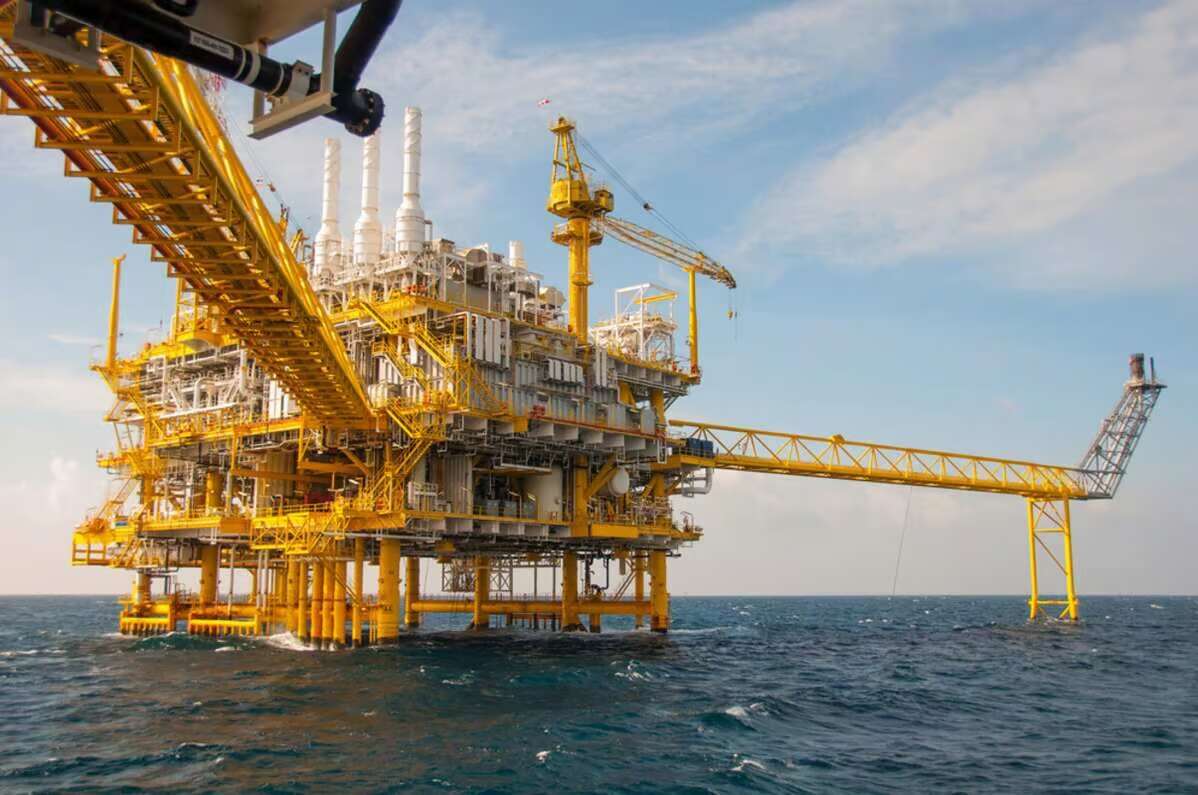Oil prices increased on Tuesday following announcements of new monetary stimulus from China, the top importer, and rising concerns that escalating tensions in the Middle East could disrupt supply from this crucial production area. Additionally, a significant hurricane approached the U.S., the world’s largest crude producer.
Demand concerns weigh on market
Brent crude futures for November climbed by 69 cents, or 0.93 percent, reaching $74.59 a barrel as of 03:30 GMT. Meanwhile, U.S. WTI crude futures for November rose by 74 cents, or 1.05 percent, to $71.11.
Both benchmarks experienced declines on Monday as worries about demand overshadowed the market, driven by disappointing business activity in the eurozone and ongoing concerns regarding fuel consumption in China.
China’s central bank takes action
In response to deflationary pressures, China’s central bank unveiled a comprehensive monetary stimulus plan along with measures to support the property market. Governor Pan Gongsheng announced a 50 basis point cut in banks’ reserve requirement ratios and additional reductions in key interest rates, with further policy easing expected later this year.
Regional tensions and OPEC concerns
According to a note from ANZ bank, the oil market is increasingly anxious that rising regional tensions could push the Organization of the Petroleum Exporting Countries (OPEC) producers closer to direct involvement.
Read more: Oil prices surge amid rising Middle East tensions, anticipation of Fed rate cuts
Weather threats on the horizon
Traders are also monitoring weather developments, as the U.S. Gulf Coast faces the threat of a hurricane by week’s end due to a developing weather system in the Atlantic.
On Monday, U.S. oil producers began evacuating personnel from Gulf of Mexico platforms in anticipation of the second major hurricane in two weeks, leading several companies to halt some production activities.
For more news on markets, click here.








